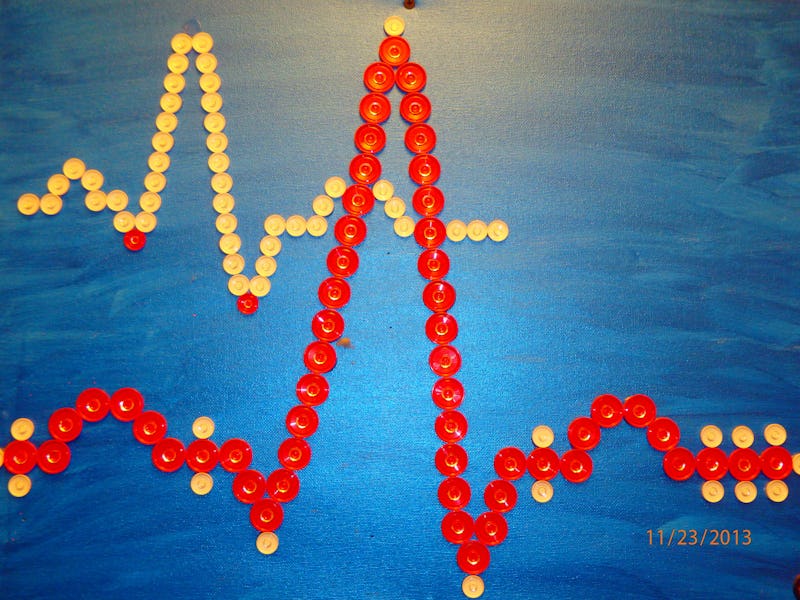Should We Freak Out About the Rising American Death Rate? Nah, It's Chill
Preliminary data point to increases in drug overdoses, suicides, and Alzheimer's disease, but a blip doesn't always indicate a trend.

For the first time in a decade, the death rate in America has risen, according to newly released data from the CDC. Upticks in mortality don’t happen often in the U.S. — we’ve been fortunate to see death rates decline, thanks to advances in public health and medical care — so the news may come as a bit of a shock. But before we all freak out, let’s consider that the report, released by the National Center for Health Statistics, is largely preliminary — that is, it’s based on state death records that aren’t necessarily complete — and that a single year’s data doesnt indicate a trend.
In other words, any conclusions drawn from the data should be taken with a grain of salt. Here’s what the preliminary data says: The overall death rate, which is measured as the number of deaths per 100,000 people, rose from 823.6 in 2014 to 841 in 2015.
The CDC’s statisticians didn’t ignore the fact that the population is aging. Adjusting the preliminary data to take into account age-specific death rates (that old people die more frequently than young people), the death rate in 2015 was 729.5, compared to 723.2 in 2014 — already the numbers look a little less scary.
The uptick in death rate isn’t just a general phenomenon: Looking more closely at the causes of death, the data show that more people died from drug overdoses, suicide, Alzheimer’s disease, and heart disease in 2015 than before. While it’s tempting to link the uptick in drug overdoses to the opioid addiction epidemic that’s sweeping a largely white, under-educated swath of the nation, the connection, though likely, isn’t yet supported by the CDC’s evidence. The final report, which will be more complete and broken down by race, is due to be released later this year.
The CDC is careful to note that the causes of death aren’t always accurate in the preliminary data, especially in the months closest to the collection cut-off date, because the final cause of death isn’t always immediately apparent when a person dies. Still, the estimates are accurate enough to warrant attention — just not mass panic.
“If we start looking at 2016 and we see another rise, we’ll be a lot more concerned,” Robert Anderson, the chief of mortality statistics at the National Center for Health Statistics, told the New York Times.
The last time the nation’s death rate rose was in 2005, when a severe flu swept the nation. In 1993, a combination of AIDS and the flu led to a similar increase. Whether this year’s rise in death rate can be chalked up to similar isolated phenomena or to more deep-seated problems in the health and well-being of Americans can only be determined with more data — and more time.